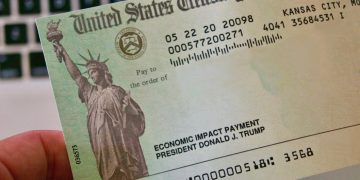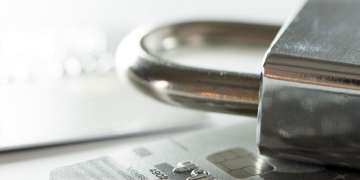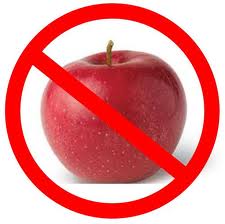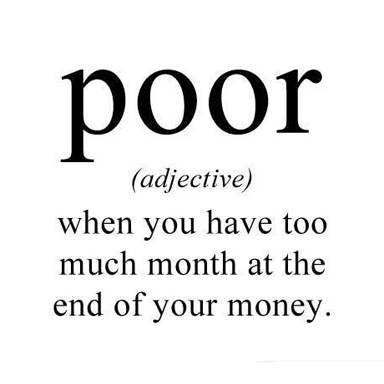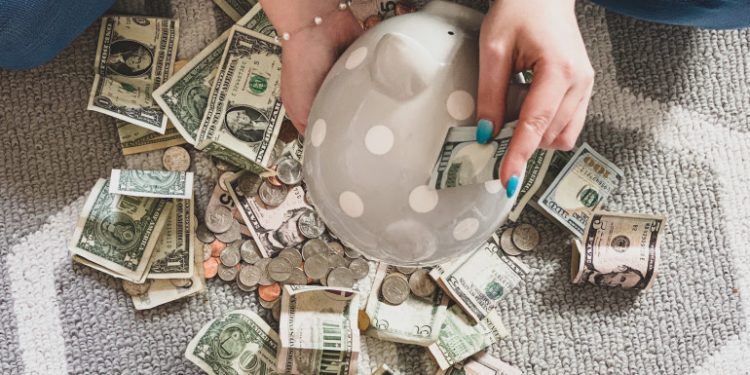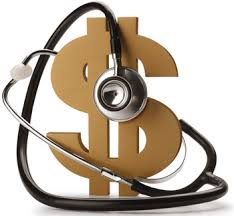With 2020 finally in the rear view mirror, we learned some real financial lessons that should have come with us into 2021. The most important one was the importance of having an emergency fund. If you didn’t have one in 2021, these tips will help you save your emergency fund this year in a fun way.
There are different schools of thoughts as to how much you should have in an emergency fund. If you’re a Dave Ramsey devotee, the advice is to have $1,000. Clearly, that was not enough for anyone who was affected by the series of horrible events of 2020. The next was to have three months of savings. That was also decent advice but not quite adequate. Many in personal finance had long moved to advocating for six months to one year of savings. That amount of money would have helped quite a lot of people weather the financial storm that was the past year.
If you have never had an emergency fund, or if you would like to replenish yours, there are some fun ways to save money for your emergency fund. I will be the first to say that saving six months of your expenses will take longer than just this year, but you have to start somewhere. Why not have some fun while doing it?
The 52 Week Challenge
Much like this sounds, it involves you saving money for the entire year – or 52 weeks. By the end of each week, you will deposit a minimal, set amount, and every week that deposit increases by $1 until you deposit $52 in your account at the end of the year. I have also seen people do it in reverse (PDF) – starting with $52 and depositing a lower amount until the final deposit is $1. I have created a handy, dandy checklist that you can download here (PDF). If you’re starting late, just catch up by making additional deposits until you have caught up to the current week. At the end of the year, you will have $1,378 saved. Not much, but it’s a start. Want to save even more? Just add more each week.
The $5 Challenge
I’m a personal fan of Abraham Lincoln and an even bigger fan of when his face appears in my pocket in the form of a $5 bill. If President Lincoln lands in your pocket, purse, wallet, or armrest, he gets to go right into your piggy bank to pad your emergency fund. Every $5 bill at the end of the day goes right to savings and at the end of the year, you empty all of your savings directly into a savings account. This is especially easy for those who have a hard time-saving anything at all or who pay for most things in cash.
To keep things even more fun, I have seen people use show boxes as visual cues to save. This way you can physically see the money that has been saved. You can find some like the ones below on Amazon. Click the images to be taken to the products.
Keep The Change
Back before we all started swiping away or using other forms of electronic payments, it wasn’t unusual to have a pocket filled with change at the end of the day. That change can and does add up. At the end of each day, empty out your pockets and deposit that change into a savings account at the end of the year. Last year my husband and I tried this and managed to save over $400 in just change alone. That’s not entirely bad for some pocket change.
Round Everything Up
Would you really miss it if every time you swiped your debit card, your purchase was rounded up to the next dollar? The premise is that you really wouldn’t and that over time, those micro savings can add up. Let’s say that you buy your morning coffee and bagel for $7.38 (New York prices, just go with me). There are applications and even some native banking apps that will automatically transfer $0.62 into a savings account on your behalf.
Now, the apps that will do this are NOT free, so you need to weigh the cost versus the amount of money that you will potentially save in your emergency fund. Two of the most well-known programs are Digit and Acorns. For some, the automation in savings is more than worth it.
Direct Deposit Your Emergency Fund
This is likely the most boring one of them all but is oh so efficient. Since it’s the beginning of the year why not update your direct deposit? Add a savings account and either designate a flat dollar amount or small percentage of your check to go directly into savings every pay period. Bonus points if you’re already doing this. If you are, consider increasing your savings by one percent more. It will be a minimal amount that will make a difference over time.
Now, if you are interested in saving MORE money at a faster pace, simply increase the amounts that you’re putting away. Want to save $5,000? You’ll need to save $100 each week. Get paid every two weeks? Divide what you would like to save by your twenty-six pay periods.
Whichever method that you use, make increase or beginning your emergency fund a priority in 2021. As we found out last year, your emergency fund can make a significant difference in your ability to maintain your lifestyle in case of an emergency.


